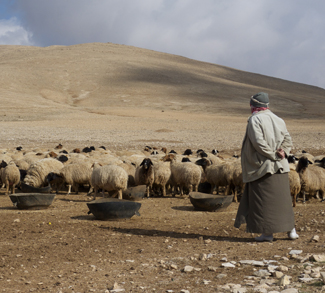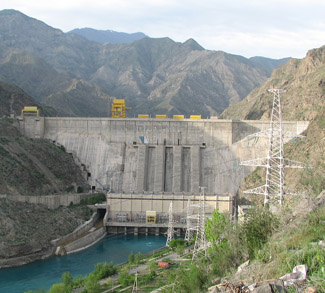The planet is heating up, disrupting the weather patterns that sustain local agrarian economies, and creating winners and losers with all the discernment of a slot machine. These changes can bring about drastic upheaval in states with weak governance and predominantly rural populations. Yet their impact is subtle and ultimately obscured by a host of other political and economic issues present.
Climate Monitor will seek to understand weather impacts in recent conflicts and identify them in new and developing ones, long before they reach the headlines. The series’ first subject is one of the defining conflicts of the past decade, and one that few are aware was influenced by climate disruption – Syria.
A Drought for the Ages
The Middle East has been identified as a region that is particularly vulnerable to the effects of climate change. One report out of MIT found that the region could become uninhabitable without substantial global emissions cuts, with severe impacts like 60 degree Celsius summertime temperatures in Kuwait manifesting before the end of the century. Another study published in the Nature Climate Change journal concluded that certain population centers in the Middle East would ‘experience temperature levels intolerable to humans’ before the end of the century.
The reports don’t seem so far-fetched given last summer’s historic heatwave, when temperatures spiked along with heat-related deaths. Syria saw averages of 40 degrees, further drying an already parched landscape, and national holidays were called in Iraq when temperatures exceeded 50 degrees.
Evidence points to an upward trend in regional temperatures, one that’s already having an impact on agriculture and habitability. And no one knows this more than the people of Syria.
Syria experienced its worst drought on record from 2006-2009, a period which saw average rainfall drop to just 66% of the long-term average. Several outside factors augmented the social impact of the drought, including: long-term drying out of Syria’s farmland; the lingering effects of another major drought in the 1990s; agricultural mismanagement by the Assad regime, which sapped the country’s meager water resources by favoring thirsty crops such as wheat and cotton; population growth; and an influx of refugees from neighboring Iraq. The net result of all these pressures was a sudden collapse in Syria’s agriculture sector, which was most pronounced in 2008 when the agricultural share of Syria’s GDP fell by 8% and large quantities of wheat had to be imported to feed the population.




